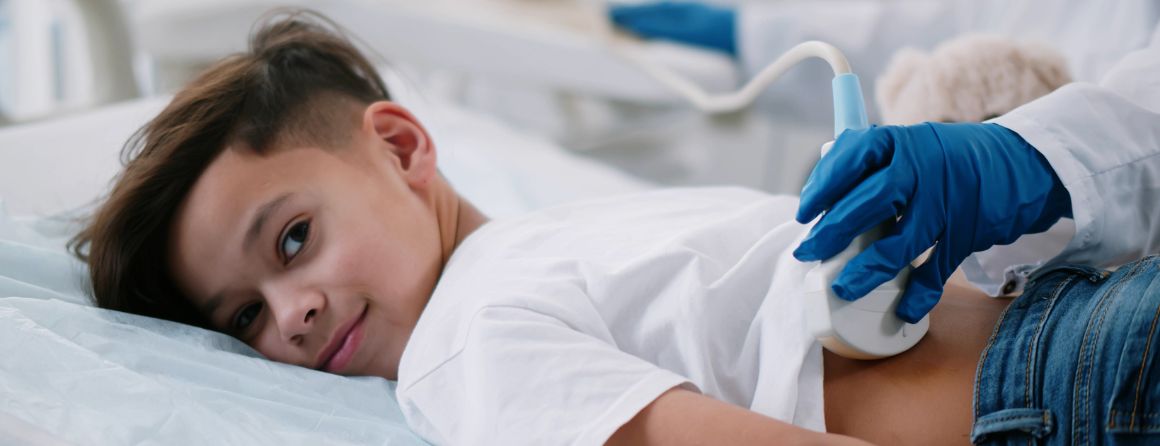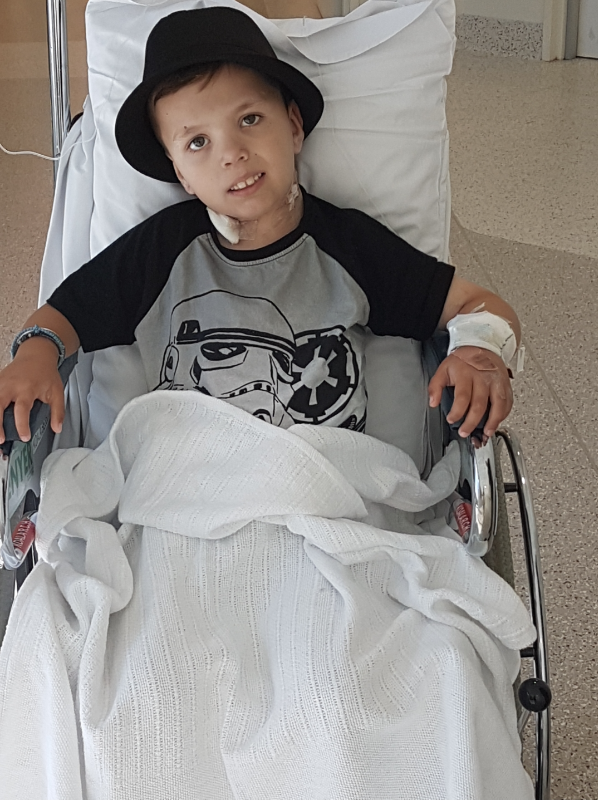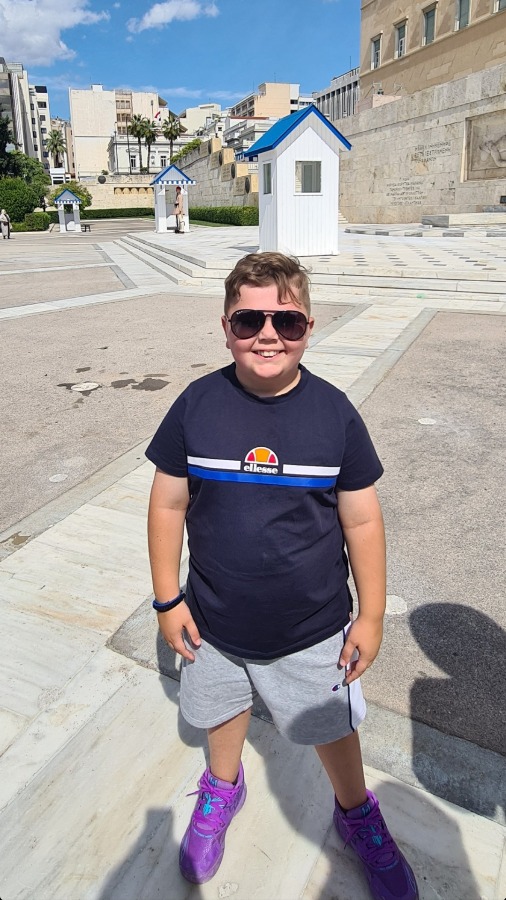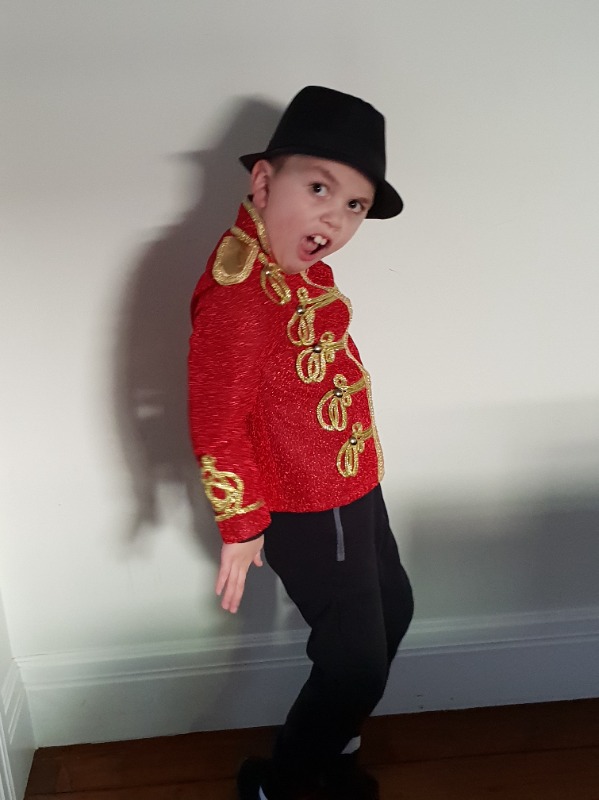Stem cell-derived kidneys could help better understand rare kidney disorder

Growing stem cell-derived kidneys in the laboratory could help better understand a rare genetic kidney disorder and potentially lead to new treatments for children, according to a Murdoch Children’s Research Institute-led study.
The findings, which were published in the Journal of the American Society of Nephrology, showed that genetically altered mini-kidneys (organoids) created from human stem-cells have identified the possible underlying molecular basis of Steroid-Resistant Nephrotic Syndrome (SRNS).
Nephrotic syndrome is a rare childhood condition, impacting 18-20 children each year at The Royal Children’s Hospital (RCH). Steroid therapy is an effective treatment for 90 per cent of cases but 10 per cent of children have Steroid-Resistant Nephrotic Syndrome, often caused by a genetic mutation, which usually does not respond to treatment with other immunosuppression.
The syndrome causes children to pass too much protein in urine, which leads to severe swelling. When the symptoms don’t respond to immunosuppression, the only options left are to replace the protein through intravenous (IV) infusions and reduce blood supply to the kidney with medication.
Unfortunately, the disorder can progress to end-stage kidney disease, with most children eventually needing a kidney transplant.
The study, led by Professor Melissa Little and Dr Aude Dorison, aimed to investigate the genetic basis of SRNS, in which mutations occur in a gene called NPHS2 and affect the protein PODOCIN which is essential for kidney filtration.
To do this, they used gene editing techniques to replicate the variations in the NPHS2 gene that are present in the syndrome and compared mini-kidneys created from healthy gene-edited human stem cells to better understand the disease.
“We found that these gene variations had several effects. They reduced levels of PODOCIN, changed its location in the cell and altered its interactions with other proteins,” Professor Little said. “Additionally, we found that all the variants caused cell death, which could provide some insight into how this condition occurs.”
By using human stem cell-derived kidney organoids, the researchers gain a more realistic understanding of how these genetic variants contribute to Steroid-Resistant Nephrotic Syndrome and could help improve our understanding of the disorder.
Professor Little said she hoped the research would lead to an improved understanding of this rare disorder and potentially enable the development of better treatments for children in the future.
 Children like 11-year-old Kimon Gogos (pictured left in a wheelchair) could benefit from this research.
Children like 11-year-old Kimon Gogos (pictured left in a wheelchair) could benefit from this research.
Kimon was just three years old when he started experiencing swelling and issues with his kidneys. Doctors at The Royal Children's Hospital diagnosed him with kidney disease and put him on steroids to treat his symptoms. But after a month they realised it wasn’t working.
Doctors suspected it might be a genetic condition, so they did a biopsy of Kimon’s kidney and found that he has a type of SRNS called Focal Segmental Glomerulosclerosis (FSGS).
Kimon’s Mum Georgia said finding out Kimon had a much more complicated condition was a shock.
“Hearing your child has a chronic disease is quite hard. How can you explain to your son that ‘you need to come to hospital every second day for treatment’?
“The treatment was the hardest part because it involved IV therapy for fluid loss and Kimon had a severe phobia of needles. I couldn’t explain it all properly to him because he was so young, so that was very difficult,” she said.
Kimon’s doctors treated him with various medications, keeping his condition stable for four years, but his kidneys began to fail and doctors told Kimon’s parents he would need a kidney transplant.
“We knew it was going to happen at some point, but we’d been waiting on a new treatment for FSGS that doctors said would be available soon. We were hoping he’d be one of the lucky ones who would get the medication and not need a transplant, but it didn’t come soon enough,” Georgia said.
“My husband George was determined to be the donor for Kimon, but his test results showed that it would have been too risky for him to donate his kidney, which was really hard for him to deal with.
“I tested to see if I was compatible and I became part of Australian and New Zealand Paired Kidney Exchange Program, which is a system that allows you to get a kidney if you donate one. It all happened very quickly and I had a lot of mixed emotions but the most difficult part was seeing Kimon on dialysis.
“Before the transplant Kimon had both kidneys removed and he was put on dialysis (a procedure to remove waste products and excess fluid from the blood when the kidneys stop working properly).
During a visit to the hospital for dialysis Kimon had a cough, so one of the doctors said they needed to keep him overnight.
“Every time Kimon lay down he started crying and got up because he felt like he was choking. Luckily Dr Cathy Quinlan, Kimon’s doctor, happened to come by to see how he was doing and she rushed him to the Intensive Care Unit (ICU) because his lungs were filled with extra fluid.
 “He was put in an induced coma so the fluid could be removed. But if Dr Quinlan hadn’t come at that exact moment, we could have lost Kimon,” Georgia said.
“He was put in an induced coma so the fluid could be removed. But if Dr Quinlan hadn’t come at that exact moment, we could have lost Kimon,” Georgia said.
Fortunately Kimon had no further issues after this, and both his and his mum’s transplants went ahead in 2018.
“Once Kimon (pictured left in a costume and right in Athens) had his new kidney he felt amazing because his body was finally working properly. He recovered well and the care he received at the hospital was exceptional,” she said.
“It’s been a long journey but now Kimon is completely healthy. He’s a huge fan of the Charlotte Hornets NBA team, and he loves his basketball. He’s immunosuppressed so he’ll be on medication for the rest of his life, but apart from that and going to hospital every six weeks for check-ups he does everything other children do and is just like all his peers in Grade 6.”
“Kimon has become very resilient, and he’s not scared of needles anymore. It’s amazing to see what children are capable of in this kind of situation and to see how resilient they become,” Georgia said.
Listen to Professor Little explain how the research could help children with this disorder.
Funding
This work was supported by the Medical Research Future Fund (2007286), the National Health and Medical Research Council of Australia (GNT2011314 and GNT1136085), the Australian Research Council (Stem Cells Australia, SRI110001002), and the Novo Nordisk Foundation Center for Stem Cell Medicine (NNF21CC0073729).



